Selection
Use the cover crop selection tool to help you select the best species for your farm.
Use the filters to narrow down the species options.
To view all options, click the ‘RESET’ button.
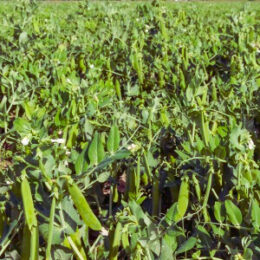




-
Good source of nitrogen for the following crop
-
High and fast biomass production
-
Frost tolerant but will naturally die back over the winter months
-
High protein forage
(Image: Kings Crops / Frontier)




-
Good source of nitrogen for the following crop
-
Rapid establishment and re-growth when cut
-
Good at weed suppression
-
Best sown into warm soils- not well suited to late autumn sowing
-
Drought tolerable
-
Not frost tolerable, better suited to a summer catch crop
-
Low grazing potential
-
Deep tap roots and side shoots help build soil structure
(Image: Yorkshire Agricultural Society / Holly Jones)
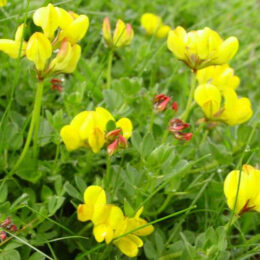




-
Good source of nitrogen for the following crop
-
Suitable for grazing, especially by ruminants due to condensed tannins
-
Rapid establishment but needs soil temperatures of at least 7˚C at drilling
-
Plant is a useful food source for butterfly larvae
-
Short prostrate growth habit
-
Grows on less favourable soils
-
Helps combat parasitic nematodes
-
Forms arbuscular mycorrhizal associations
(Image: Kings Crops / Frontier)

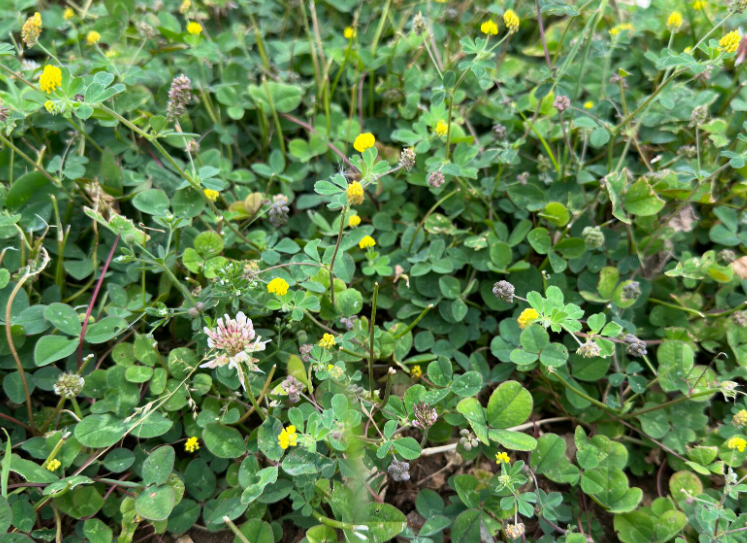


- Good source of nitrogen for the following crop
- Low growth habit which suits undersowing or soil improvement mixes
- Prostrate growth habit can help suppress weeds
(Image: AHDB)





-
Fast and high biomass production when planted early (before end of August)
-
Good winter hardiness unless prolonged frosts
-
Provides naturally killed mulch over winter
-
Good weed suppressor
-
Break for most cereal disease including take-all
-
Extensive and fibrous rooting system, much more than conventional oats
-
Lower C:N ratio than most cereals so nitrogen is more likely to be available to the following crop
-
Excellent scavenger of nutrients from depth
-
Provide surface erosion control
(Image: Kings Crops / Frontier)



-
Has some biofumigation potential to control soil-borne pests
-
Weaker biofumigation potential than brown mustard
-
Large tap root growth, good at creating vertical fissures
-
Fast and high biomass production
-
Poor frost tolerance
(Image: Image: Kings Crops / Frontier)



-
Provides bird seed in winter
- Some frost tolerance but will naturally die back over the winter months
-
Fast and high biomass production
-
Network of tap and fibrous roots
-
Provides surface erosion control
(Image: Kings Crops / Frontier)





-
Fast and high biomass production
-
Good weed suppressor
-
Shown to have some allelopathic effect against weeds, leave 6 weeks from termination before planting following crop
-
Extensive fibrous rooting system
-
Creates good soil tilth
-
Excellent nutrient scavenger to prevent leaching over winter
-
C:N ratio rises the crop reaches maturity which can lock up nitrogen for the following crop, destroy early to avoid this
-
Rye reaching maturity will increase chances of Ergot for following crops
(Image: Kings Crops / Frontier)

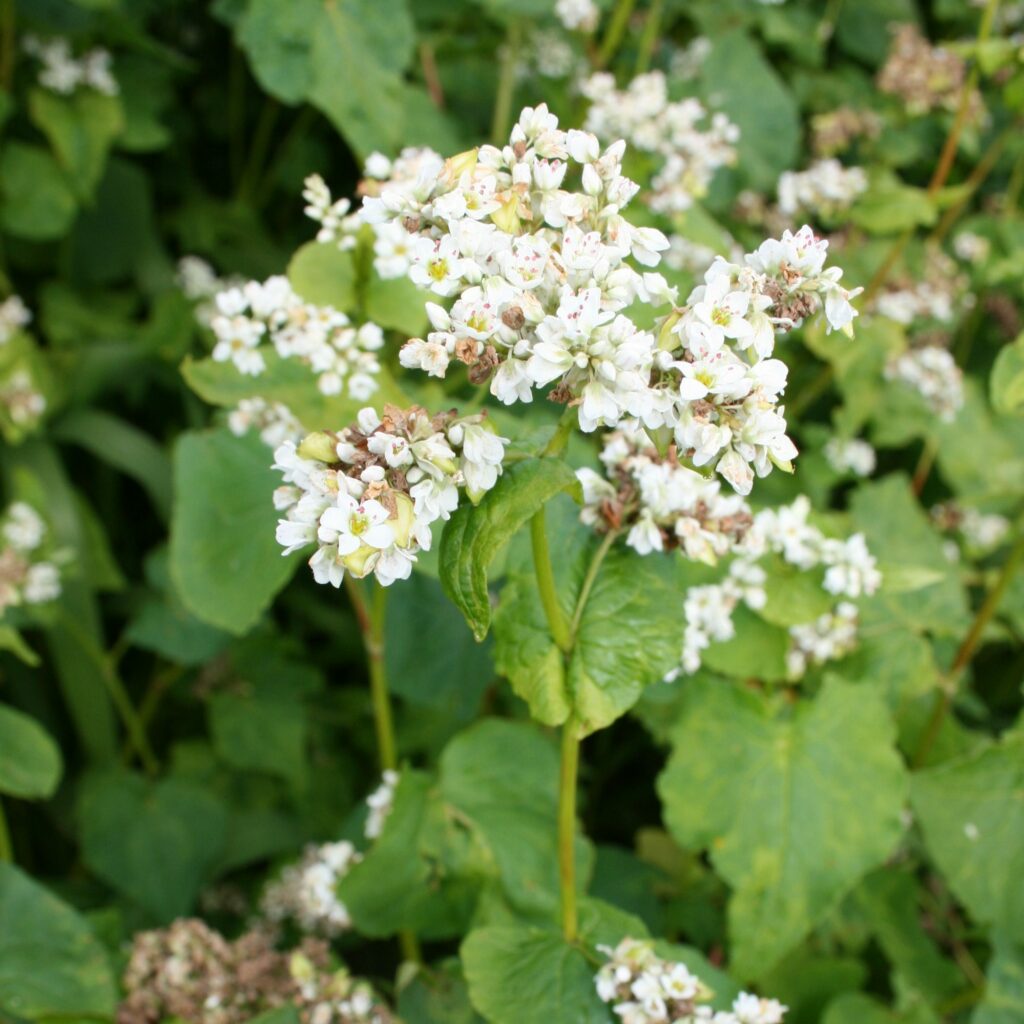



-
Not frost tolerant- will break down at the first frost
-
Rapid establishment but limited biomass production
-
Good weed suppression
-
Excellent phosphorous scavenger, making it available for the following crops
-
Very useful in alkaline soils where Phosphorous has been locked up
-
Creates good soil tilth through a combination of tap roots and side shoots
-
Doesn’t thrive in compacted soils
-
Can be issues with volunteer buckwheat in the following crops if it’s allowed to go to seed
Warning: Not advisable for grazing due to photosensitivity in livestock.
(Image: Kings Crops /Frontier)






-
Good source of nitrogen for the following crops
-
Prostrate growth habit
-
Creates good soil tilth
-
Pea and Bean Weevil can be a challenge
-
Fast and high biomass production
-
Very competitive against weeds
-
Slugs can be a challenge to following crops
-
Dislikes poor and compacted soils
(Image: AHDB)




- Good source of nitrogen for the following crop
- Suitable for grazing but not frost tolerable
- Establishes quickly to be an effective weed suppressor.
- Creates good soil tilth through a combination of tap roots and side shoots.
(Image: Kings Crops / Frontier)





-
Good source of nitrogen for the following crop
-
Winter varieties more frost tolerant than spring varieties
-
Creates good soil tilth
-
Forms arbuscular mycorrhizal associations
-
Produces extra floral nectar
Warning: Sowing depends on whether it is a Spring or Winter variety
(Image: Kings Crops / Frontier)





-
Good source of nitrogen for the following crop
-
High and fast biomass production
-
Frost tolerant but will naturally die back over the winter months
-
High protein forage
(Image: Kings Crops / Frontier)




- Fast and high biomass production
- Good at weed suppression
- High protein forage
- Better suited to a summer catch crop
- Average winter hardiness
(Image: Image: Kings/Frontier)







- Fast and high biomass production
- Good at weed suppression
- High protein forage
- Shallow rooting to aid erosion control
Warning: Excess levels of amino acid compound S-methyl cysteine sulphoxide (SMCO) in the plants, which causes anaemia and appetite loss. The levels of SMCO are worse when soil phosphate levels are low, and nitrogen and sulphur levels are high. SMCO levels also increase when crops are flowering. Soil test and involve an agronomist in fertiliser decisions. Avoid sulphur fertiliser unless needed. Ensure adequate copper and selenium levels in the diet.
(Image: Kings Crops /Frontier)

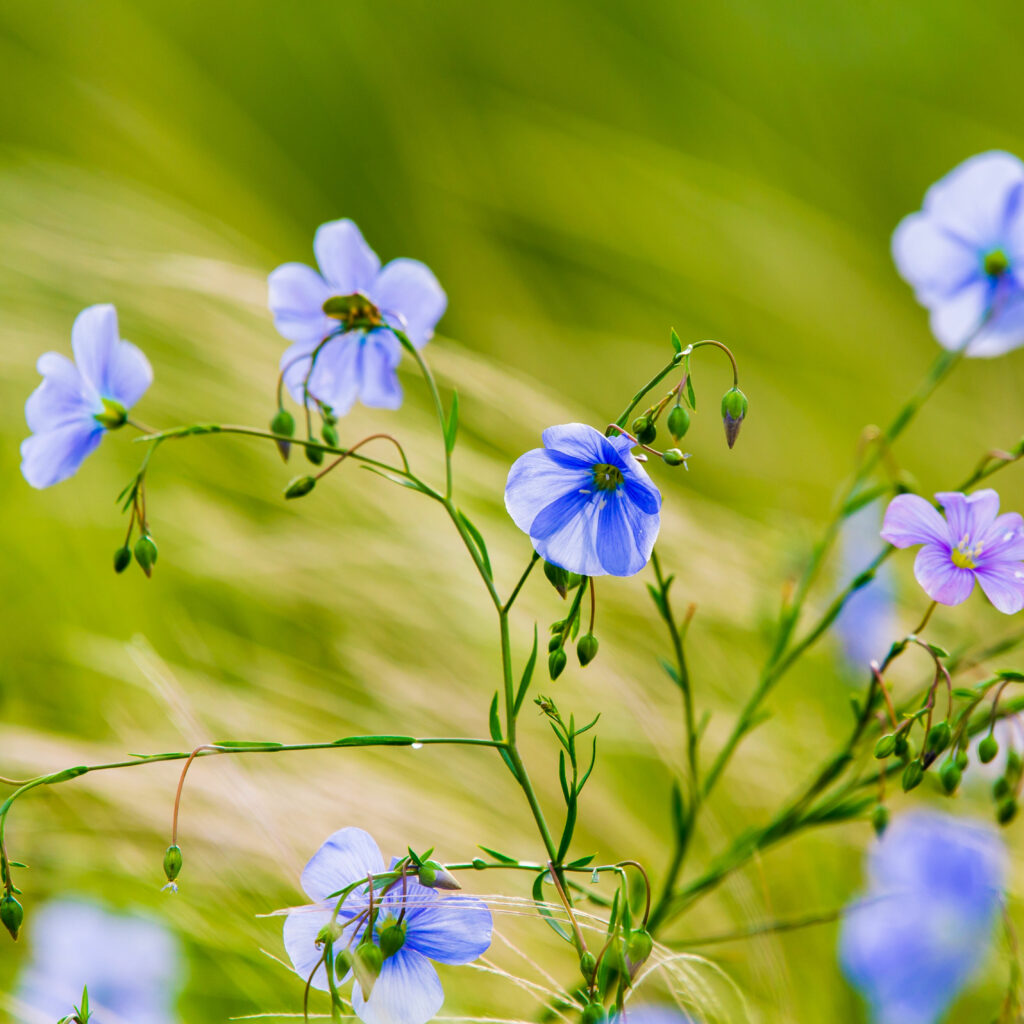


-
Great for creating shallow tilth through the lateral root system
-
Shallow taproot creates vertical fissures
-
Not weed competitive so best included as part of a mix
-
Seeds are very useful to wild and game birds
-
Grows well on shallow soils
-
Not frost hardy but will persist long into the winter months
-
Flax Flea Beetle can be a challenge
Warning: Not well suited to grazing due to toxins released. Grazing livestock will normally browse around it but tight grazings and/or high linseed content in the mix will increase risk. Seek specialist veterinary advice before grazing linseed covers
Image: AHDB





-
Great for creating shallow tilth through the lateral root system
-
Shallow taproot creates vertical fissures
-
Not weed competitive so best included as part of a mix
-
Seeds are very useful to wild and game birds
-
Grows well on shallow soils
-
Flax Flea Beetle can be a challenge
Warning: Not well suited to grazing due to toxins released. Grazing livestock will normally browse around it but tight grazings and/or high linseed content in the mix will increase risk. Seek specialist veterinary advice before grazing linseed covers
(Image: AHDB)




-
Good source of nitrogen for the following crop
-
Good biomass production
-
High protein forage
-
Deep taproots help to create vertical fissures
-
Doesn’t thrive well in very compacted soils
-
Works well with tillage radish
NB:
- Blue Lupin tends to do better in the North of England.
- White Lupin tends to do better in the South of England.
(Image: Kings Crops / Frontier)





- Fast growing
- Good at weed suppression
- Average grazing potential
- Can store nutrients in its biomass
- Not frost tolerant
(Image: Kings Crops/Frontier)
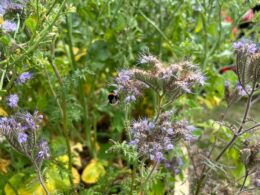





-
Provides good winter hardiness unless prolonged frosts
-
Rapid, early growth allows for excellent weed suppression
-
Shallow but extensive and fibrous root system prevents soil erosion and creates a good soil tilth. Good structure improver
-
Can be issues with volunteer phacelia in the following crops if it’s allowed to go to seed
(Image: Yorkshire Agricultural Society / Holly Jones)


-
Not frost tolerant, more suited as an addition to a summer catch or cover crop
-
Fast growth and good weed suppression
-
Extensive and fibrous root system creates good soil tilth for the following crop
-
Doesn’t thrive on heavier soils
-
Abundant food source for wild and game birds
-
Same family as beet so caution if grown in a beet rotation
(Image: Kings Crops/Frontier)






-
Good source of nitrogen for the following crop
-
Unlike white clover, it has deep tap roots to help create vertical fissures
-
Doesn’t thrive in very compacted soils
Warning: Suitable for grazing, but do not feed red clover to breeding ewes for six weeks before and after tupping. Red clover contains high levels of phytoestrogens, which can cause fertility issues in stock.
(Image: Kings Crops / Frontier)




- Good source of nitrogen for the following crop
- High livestock palatability
- Extremely deep taproot helps create vertical fissures
- Can tolerate drought conditions
- Suitable for light grazing but poaching will reduce persistence
- High live weight gains for cattle grazed on Sainfoin
- Contains condensed tannins which are useful to ruminants
- Useful as a soil improver on tired arable ground
- Not suited to acidic soils




-
Average grazing potential
-
Deep taproots which helps alleviate compaction and create vertical fissures
-
Seedhead is an important feed for wild and game birds
-
Poor weed competition
-
The height of sunflowers add additional cover for wild and game birds
-
Can tolerate alkaline soils well
(Image: Kings Crops / Frontier)
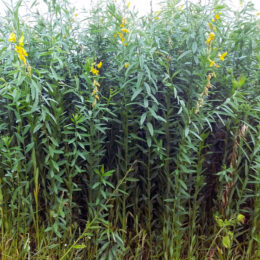




-
Good source of nitrogen for the following crop
- Quick establishment
-
Deep tap roots to help create vertical fissures
-
Good weed suppressor
-
Creates good soil tilth
-
Doesn’t thrive in very compacted soils
Warning: Can be grazed pre-flowering but be aware that seeds contain potentially toxic alkaloids post-flowering.
(Image: Kings Crops / Frontier)





- Similar to Common Buckwheat but much more vigorous growth
- Often used as a companion crop for Oilseed Rape
Warning: Not advisable for grazing due to photosensitivity in livestock.
(Image: Kings Crops/Frontier)




- Fast and high biomass production
- Good at weed suppression
- Average grazing potential
- Particularly deep tap root, creating vertical fissures to help alleviate compaction
- Can store nutrients in its biomass
- Not frost tolerant
(Image: AHDB)

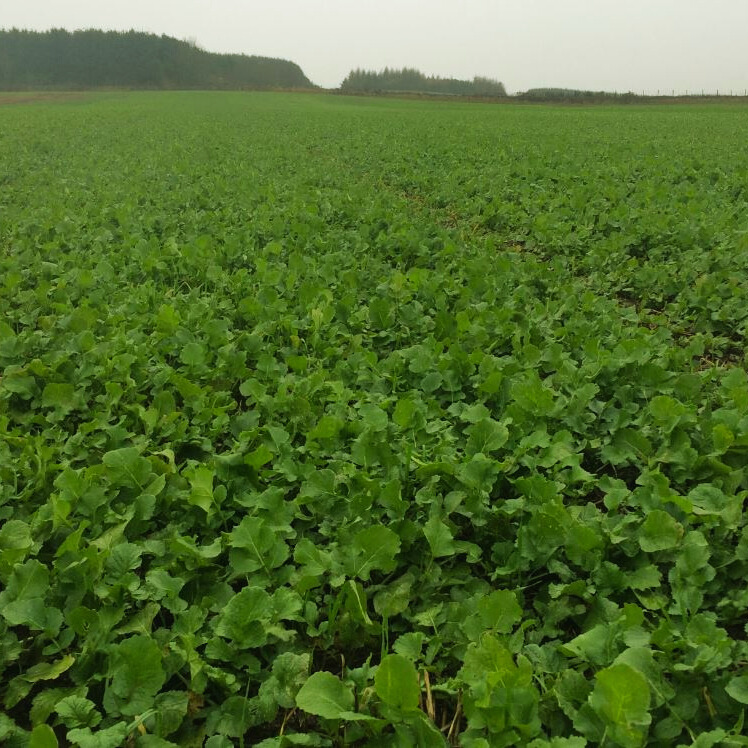


-
Fast and high biomass production
-
Good at weed suppression
-
High protein forage
-
Better suited to a summer catch crop
-
Average winter hardiness
(Image: Kings Crops / Frontier)






-
Good source of nitrogen for the following crop
-
Shallow rooting with creeping surface stolons
-
Creates good soil tilth
-
Grows on most soil types but dislikes compacted soils
-
Doesn’t tolerate drought as well as other legumes
-
Small, medium and large-leaved varieties. Smaller leaved varieties are more persistent
Warning: Suitable for grazing but can cause bloat in cattle if consumed in excess
(Image: AHDB)
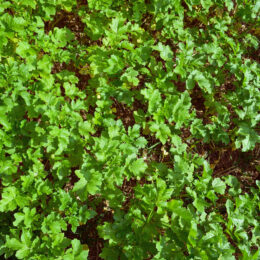


-
Has some biofumigation potential to control soil-borne pests
-
Weaker biofumigation potential than brown mustard
-
Tap roots are good at creating vertical fissures
-
Fast and high biomass production
-
Poor frost tolerance
(Image: Kings Crops / Frontier)
Discover how farmers have used cover crops on the case studies page.
The most commonly used online resources for cover cropping have been reviewed by a team at Newcastle University, with the following recommended for this topic.

